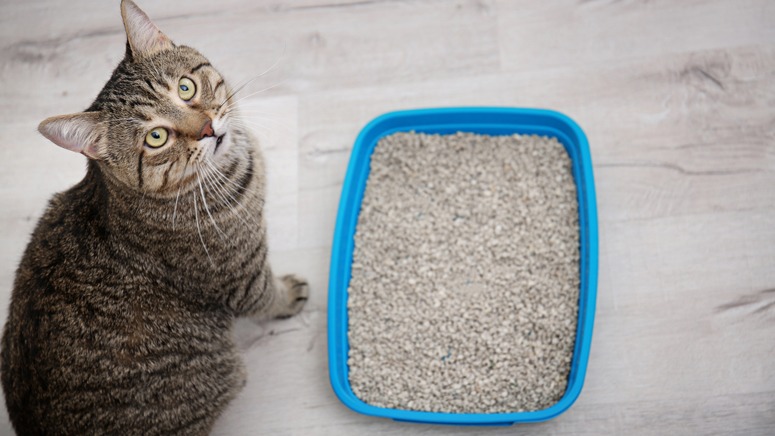How is Toxoplasmosis transmitted?

Toxoplasmosis gondii is a popular parasitic organism that can be found anywhere in the world. It is seen in almost all endothermic animals. The parasite is transmitted in unique ways. Its transmission usually occurs in two ways: by unknowingly eating a cat’s feces or eating an infected meat.
Cat Feces
All kinds of cats (domestic or wild) contain a unique form of Toxoplasmosis gondii that can survive and reproduce in their intestines for a long time. The parasite can develop to form tiny cysts, known as oocysts. The cysts are released in large quantities into the cat’s feces.
The oocysts are always ready to replicate. They can survive for a long period in hot or cold temperatures because they possess thick-walled structures. The cysts can also survive and reproduce in water supplies.
When you consume a cat’s feces, the oocysts go through a process called excystation. The process involves the release of parasites into your lungs, digestive tract, and other organs in your body.
Infected Meat
Consuming an infected meat is a common way of contaminating toxoplasmosis. When you consume an infected meat, your immune system will be able to control the severity of the infection. However, the parasite cannot disappear without treatment. Instead, it gets dormant and develops into small cysts in tissues. These tiny cysts are known as bradyzoites and they are usually found in every tissue of the body. After a few weeks, the tissue cyst develops into a mature parasite, also known as tachyzoites. This mature form is what eventually causes the infection.













